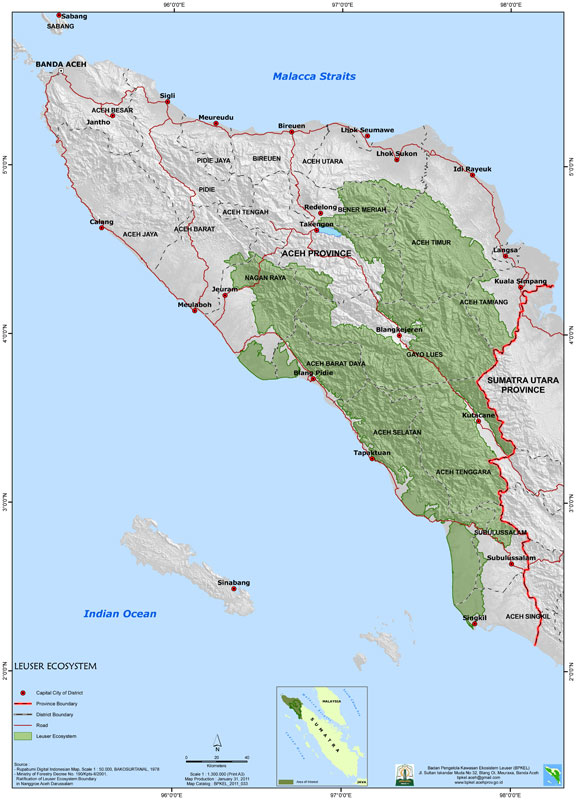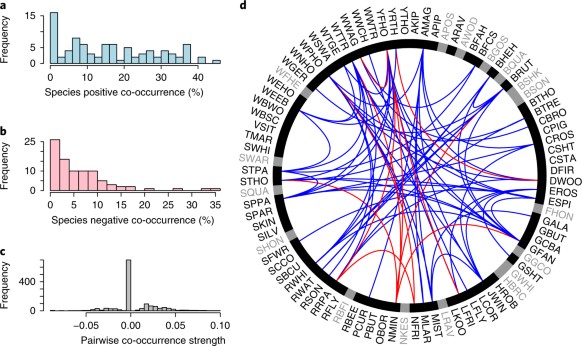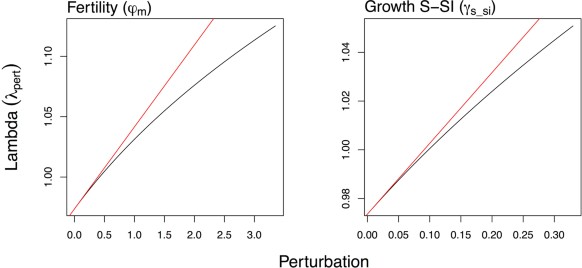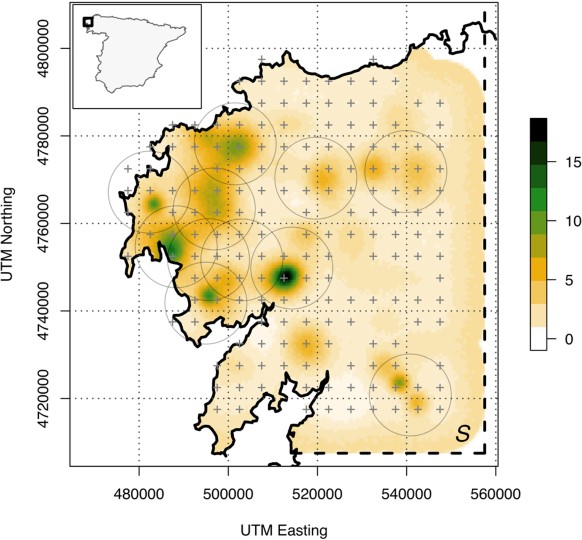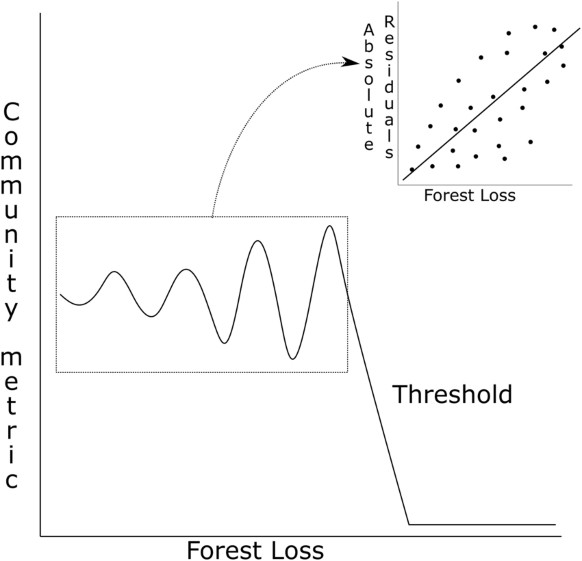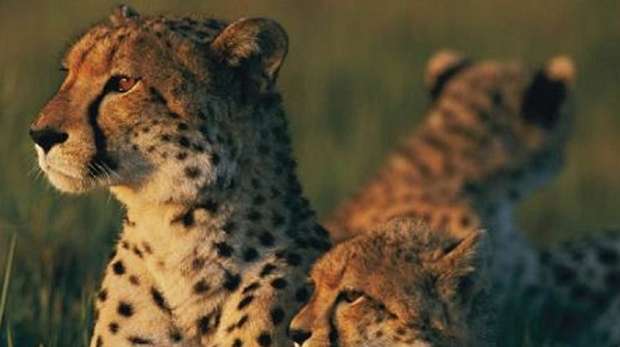
The challenge
We are rapidly losing Earth’s wild species and wild spaces, with global vertebrate populations having declined by two-thirds by
in the last 40 years. Under the Strategic Plan for Biodiversity
2011-2020, Parties to the Convention on Biological Diversity (CBD) have
pledged to protect at least 17% of land and freshwater and 10% of our
oceans by 2020. The plan focuses on areas of importance for
biodiversity and ecosystem services in systems of effective, equitable
and ecologically connected protected and conserved areas. Beyond these
milestone targets, conservationists, scientists and policymakers are
grappling with the question of how much space needs to be conserved -
and how - in order to sustain humans and the rest of life on earth.
Over the next few years, governments will be reviewing the current
Strategic Plan and considering a new strategy to meet the vision of
conserving biodiversity and maintaining ecosystem services and a healthy
planet for all by 2050, as part of the wider 2030 Agenda for
Sustainable Development.
The symposium
As part of the process to develop a
post-2020 strategy, this symposium will bring together international
scientists, conservation practitioners, policy-makers, business leaders,
civil society and donors to:
- Review the science informing future area-based conservation targets
- Evaluate the implications of various policy options
- Provide balanced, evidence-based recommendations to Parties to the CBD and other policy processes
- Raise awareness of the need for a more ambitious, holistic and effective strategy to safeguard space for nature, incorporating protected areas and other effective area-based conservation measures.


